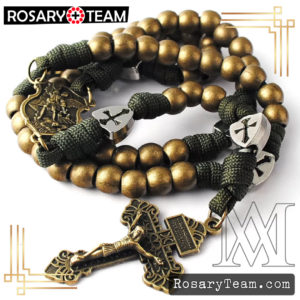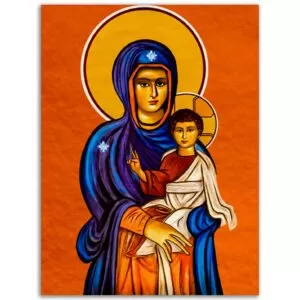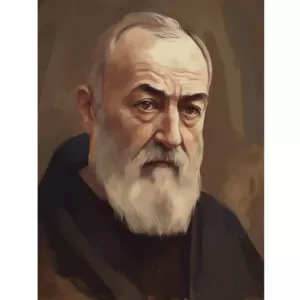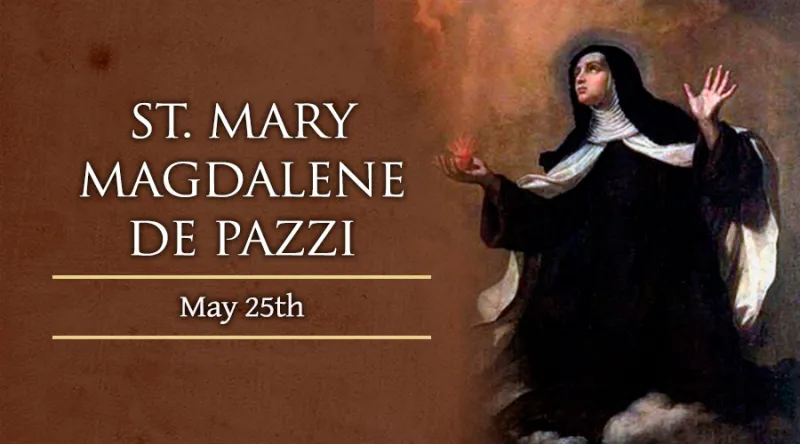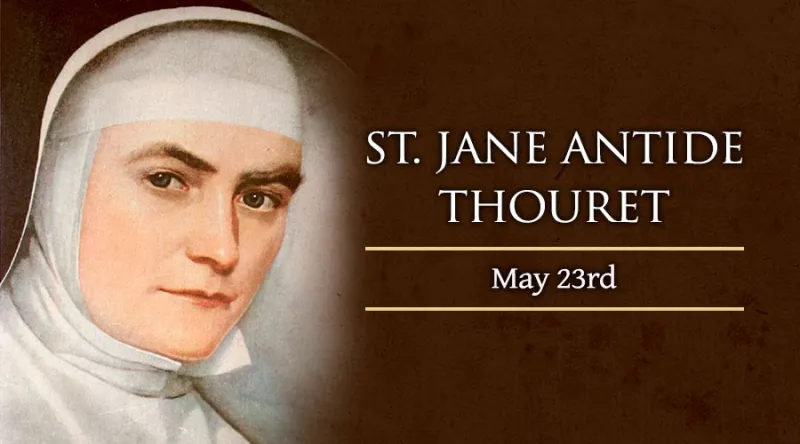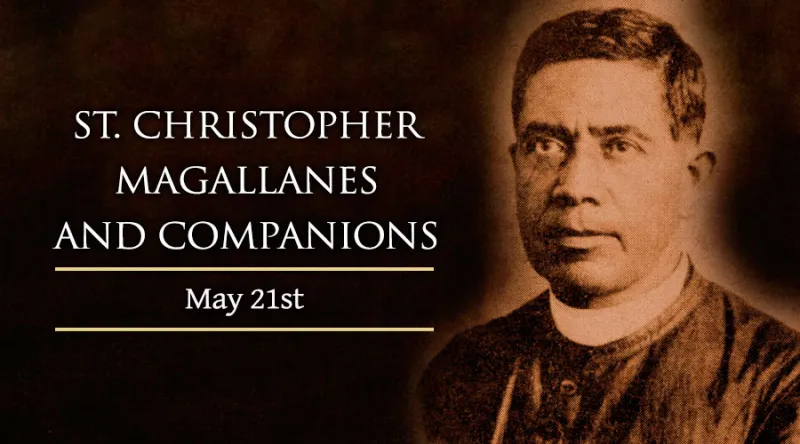Pope St. Gregory VII
 Pope St. Gregory VII
Pope St. Gregory VII Feast date: May 25
On May 25 the Catholic Church celebrates Pope St. Gregory VII, who sought to reform the Church and secure its freedom against the intrusion of civil rulers during his 11th century pontificate.
Born in the Italian region of Tuscany sometime between 1020 and 1025, the future Pope Gregory VII was originally named Hildebrand. His father Bonzio is thought to have been a carpenter or peasant farmer, while his mother’s name is unknown. His uncle Laurentius was abbot of a monastery in Rome.
Sent to the school run by his uncle’s monastery, Hildebrand entered a world of discipline and fervent devotion. After his primary education, he entered religious life as a monk. Hildebrand served as chaplain to his mentor John Gratian who had a brief and turbulent reign as Pope Gregory VI.
In 1046 Hildebrand left Rome for Cologne along with Gratian, who was forced to leave Rome and resign from the Papacy. After the former Pope’s death in 1047, Hildebrand left for France and spent more than a year in the monastery at Cluny.
During 1049 he made the acquaintance of Bruno of Toul, who would soon become Pope Leo IX. Under his reign, Hildebrand was put in charge of a historic monastery, which he rescued from structural and administrative ruin through a series of reforms.
Hildebrand served Leo IX as an adviser and legate until the Pope’s death in 1054. While others considered him a possible successor to Leo, Hildebrand did not wish to be elected, though he continued his work as an influential and respected cardinal during several subsequent pontificates.
In April 1073, Hildebrand was finally elected as Pope Gregory VII. Though he still did not want the office, his electors praised him as “a devout man … mighty in human and divine knowledge, a distinguished lover of equity and justice, a man firm in adversity and temperate in prosperity.”
Overwhelming challenges confronted the new Pope – including scandalous corruption among the clergy, a hardening schism between the churches of Rome and Constantinople, and a struggle against civil rulers who claimed a right to choose the Church’s clergy and control its properties.
In March of 1074 Gregory promulgated a sweeping set of reforming decrees. These met with widespread opposition, but the Pope stood his ground. The resulting standoff pitted him against the German Emperor Henry IV, who sought to depose the Pope when threatened with excommunication.
The Pope carried out his threat and declared that the emperor’s subjects were no longer bound to obey him as their ruler. The emperor was forced, in 1077, to come before the Pope as a penitent, spending three days waiting in the snow before he was received and given the conditions of his reconciliation.
Though temporarily reconciled, Henry was excommunicated for later attacks, which included supporting a rival Pope and invading Rome. Gregory never gave up his pontificate, but was forced to flee the city in 1084.
“I have loved justice and hated iniquity, therefore I die in exile,” he proclaimed, just before his death in Salerno on May 25, 1085. Remembered as a champion of the Church’s freedom against state intrusion, St. Gregory VII was canonized by Benedict XIII in 1728.
Saint of the Day – rosary.team





